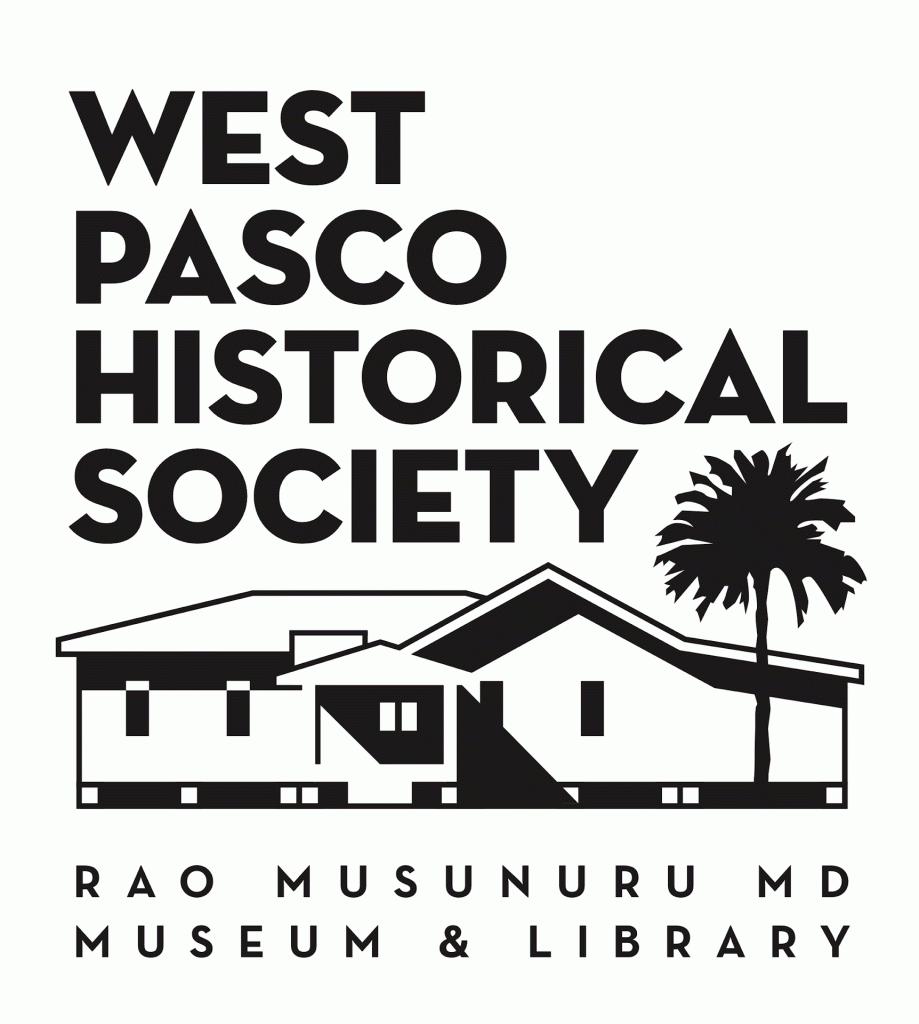Your cart is currently empty!

RAO MUSUNURU, M.D. MUSEUM & LIBRARY
HISTORY OF PASCO COUNTYTrilbyProsperity In Trilby Was Destroyed By Fire (2001)This article appeared in the Tampa Tribune on Aug. 14, 2001. By CAROL JEFFARES HEDMAN TRILBY – With a blink of an eye, those passing through might miss this northeast Pasco community. But at one time Trilby was the largest city in the county, boasting the first hospital in Pasco and the third largest railroad yard in Florida. The railroads changed the complexion of the isolated countryside, opening it to new markets for farmers’ products. But the history of Trilby pre-dates the railroads, going back to 1882 when Elijah McLeod obtained a deed to 160 acres under the Homestead Act of 1862. Before long, the surrounding area was known as McLeod Settlement. The name was changed to Macon when a post office was opened there in 1885. In 1887, Russian national Peter Demens laid his narrow gauge tracks of the Orange Belt Railway through Trilby, running from Sanford to Tarpon Springs and St. Petersburg. Demens built the original depot there. In 1883, railroad magnate Henry Plant began surveying for his system, Florida Southern Railway, later called South Florida Railway Co. But it wasn’t until 1895 that Plant bought the Orange Belt Railway and converted the tracks to standard size. Plant’s conversion ended up transforming Macon into the largest city in the county and the third largest railroad yard in the state. Plant renamed the town after his wife’s favorite book: a best-seller by George DuMaurier called Trilby. Plant platted the streets, naming them after characters in the novel. In 1902, Plant sold the railroad to the Atlantic Coast Line and Trilby continued to prosper. First Hospital Goes Up In 1911, doctor Harvey Byrd built a tuberculosis sanatorium on the highest hill in Trilby. Historians believe it was the first hospital in Pasco County and the first sanatorium in Florida. While the hospital was under construction, patients were cared for in a tent and attended by nurse Mamie Hancock. The finished two-story structure featured four gables and wrap-around banister porches on both levels. The Florida Tuberculosis Sanatorium was incorporated on Jan. 9, 1914 with a capitalization of $50,000. The sanatorium burned down in the spring of 1916 [should be Dec. 1915 -jm]. Byrd’s partner, doctor W. G. DeVane, remained in Trilby for many years as a general practitioner. Byrd left to serve in the U.S. Army in Europe during World War I and never returned to Trilby. His home, however, remained a Trilby landmark for more than half a century. Built in the early 1900s, Byrd’s home shared a similar design to the sanatorium with its gables and wrap-around porches. The interior featured 12-foot ceilings, walls papered down to 3-foot tongue-and-groove wainscoting, and four large fireplaces with carved oak and mahogany mantels. The John Henry Hancock family purchased the home about 1930 and lived in it for three decades. It was sold in 1960 and later torn down. Prosperity Goes Up In Flames During Trilby’s heyday, a freight depot and passenger station was also built, complete with a 24-hour restaurant. Trilby State Bank also opened, along with Edward’s Redfront General Merchandise, Bankston’s Grocery, G. H. Mills’ Store, Stephens’ Grocery, Pitts’ Meat Market, Wade’s Drug Store, Bradham’s Dry Goods, Hilliard’s Barber Shop and the Trilby Drug Co. But just as abruptly as the prosperity began, it ended one spring day in May 1925 when a fire broke out in the second story of Bradham’s Dry Goods. Bucket brigades were formed and the Model T firetruck raced from the Dade City Fire Department. But once there, the firefighters found the water hose had unreeled and was left alongside the roadway. Within four hours, the town of Trilby was in ashes. The Trilby State Bank had survived and the rear of the two-story, red brick structure was used as a post office after the fire. Constructed in 1918, the bank was south of County Road 575, between Old Trilby Road and the railroad right of way. In 1927, the bank went bankrupt and closed. It later burned and was torn down by E. M. Dixon, who used the bricks to build a house on River Road, east of Dade City. The home was later owned by E. B. Larkin. Some of the bank bricks were also used to build Henry Curtin’s old Sinclair gas station on Seventh Street and Live Oak Avenue in Dade City. The structure now houses a plant and garden business. The original railroad depot was also torn down and replaced in 1927 by the Atlantic Coast Line. That line merged with the Seaboard Air Line Railroad to form the Seaboard Coast Line in 1967. Seaboard discontinued rail service in Trilby in 1976. The next year, the old Trilby Depot was moved to the nonprofit Pioneer Florida Museum Association Inc., where it was restored. The depot is one of nine historic buildings that are open to the public and will be featured at the annual Pioneer Florida Day on Sept. 3. There’s still a post office in Trilby and a few stores and churches, including Trilby United Methodist. The church was organized in 1897 by the Rev. T. H. Sistruck and built by the 12 charter members a year later. The original frame church and steeple were typical of pioneer design. They were moved from the location near the railroad coal chute to the present site about 1920. The church was remodeled in 1978. |